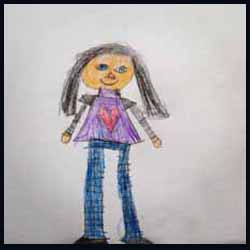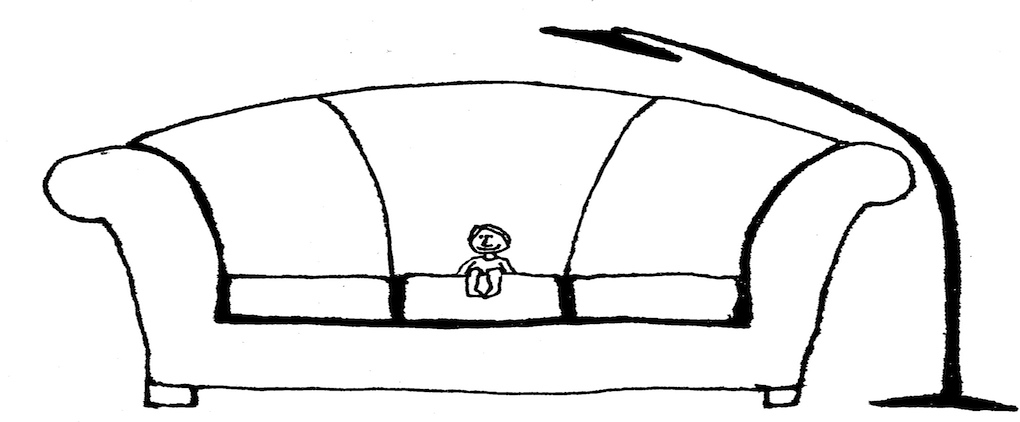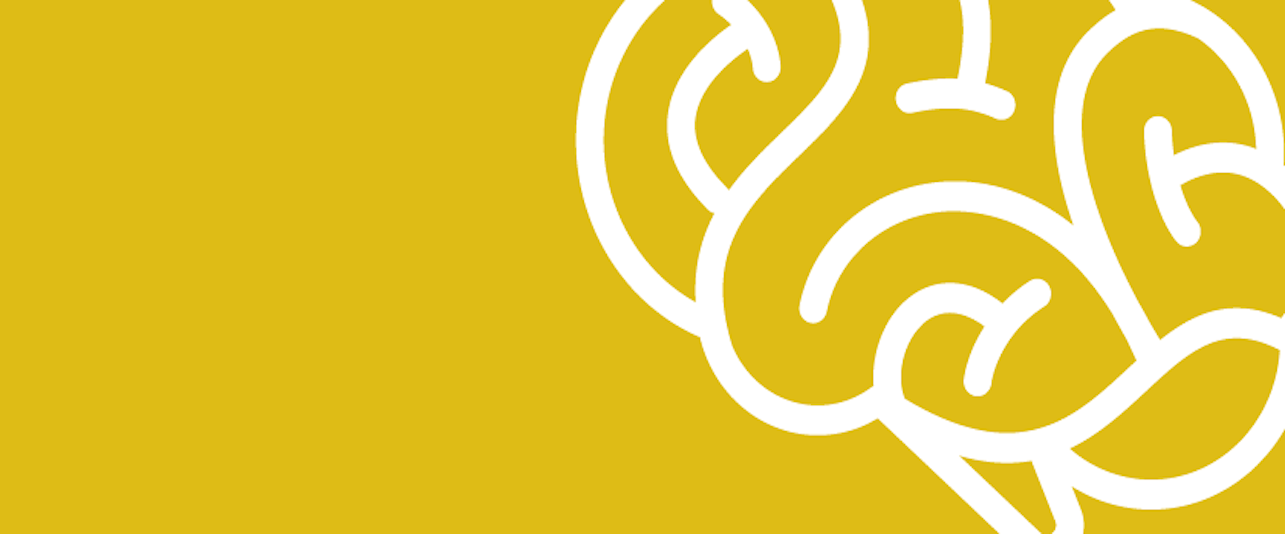Therapy

Treatment
I offer individual therapy and counseling for children and adolescents aged 4-21, as well as for their parents. I provide treatment for children dealing with various psychological issues, including sleeping and eating disorders, behavioral problems, attachment issues, fears, anger management, parent-child conflicts, self-image issues, loneliness, grief, lack of self-esteem, stress-related problems, trauma, social difficulties, depression, and conditions such as Autism, ADHD/ADD, and moral development issues.Other challenges may arise in the school environment, such as academic underachievement, learing difficulties, difficulties in making friends, or struggles with social skills. I aim to assist the child in developing healthy coping mechanisms and interpersonal skills.
Working collaboratively with the child and their parents, the focus is on enhancing core qualities such as psychological resilience, personal development, autonomy, self-control, and self-acceptance.
I work with cognitive behaviour therapy, solution focused therapy, play
therapy. Individual therapy and parent counseling.
In an intake appointment you and I decide what form and duration of
therapy/counseling is appropriate.
In case I am not the suitable therapist for you or your child, I will try to
help you find another specialist.

Assessment
Within a few sessions I find out how the problem appeared, what the possible reason might be and
how it is kept present.
Next to dialogs - questionnaires, observations and psychological assessment can help with the
diagnosis.
In some cases I have to refer you to another specialist to do some of these assessments.
I also help using pictograms, improving learning strategies.
Sometimes I use the piano or a drawing pad and pencil to ease dialogues
with children. (I am not a music or art therapist)
For questions, fees and making an appointment
you can contact me and see fees
An intake is always free.
Professional secret:
Professional confidentiality is my duty as a Psychologist. This means that all confidential
information, as far as necessary, can only be shared with third party (such as the general
practitioner) if agreed with you and with your child. Your child can also trust that all information he/
she shares with me is secret.
The age and preference of the child play a role.
Quality assurance/Code of Ethics:
I am a member of the Nederlands Instituut van Psychologen (NIP)
and bound to the code of ethics (PDF).
Methods of assessment
A clinical interview is one method of assessment. Information on all areas of functioning is gathered by interviewing the child and possibly the social environment. There are also diagnostic interviews developed to diagnose particular disorders such as anxieties.There is a variety of checklists developed for children. Observational assessment is both possible with and without the videomonitor. Intelligence tests, developmental scales, ability and achievement tests are of value for education and measuring intellectual capacities.
Assessments vary to test psychophysical functions such as fine and gross motor skills and synchronic development...
Identifying Disordered Behaviour
There is no simple way to define disordered behaviour. Indications of disorders are developmental delay, regression, deterioration, high or low intensity of behaviour, abrupt changes in behaviour, inappropriate behaviour. And if behavioral difficulty persists over time it becomes quite visible.Before coming onto this page to read this text you have probably identified some disorder, abnormal, odd or atypical behaviour in your child or adolescent. You might have a feeling that there is something a professional should look at.
Or the environment such as school, child care, friends or grandparents of the child might have suggested that there might be something different about the child.

The Impact of Labelling
Classification and diagnosis are intended to facilitate understanding and treatment of behaviour disorders and not intended to classify children. Although it is intended as a clinical purpose it can be seen as a social process.The diagnostic label can become a social status, which carries suggestions for how people are thought of and treated.
If its consequences are negative the label distracts from the original purpose of helping young people.
People will often use phrasing and terms as "the depressed child" rather than "the child suffering from depression, "the child who received the diagnosis of severe depression" It is important to be aware of the negative effect of the labelling.
Labels can lead to stigmatization and to further problems and social difficulties.
Labels may not always lead to negative expectations. It can also feel like an explanation for the problematic behaviour of a child or adolescent and can also reduce negative reactions and lead to more appropriate expectations.
However the danger of overgeneralization is a concern, children being labeled with ADHD for example might be assumed to be alike more than they actually are.
A child's problem always belongs to at least one other person, the one who is identifying or reporting the problem.

Resilience
Resilience indicates protection from risk factors and the ability to resist life's unfortunate circumstances.Resilience is not something you are born with, it develops as people grow up. Resilience also comes from caring relationships with parents, peers and others, as well as cultural beliefs and traditions that help people cope with the inevitable problems in life. Resilience is found in a variety of behaviors, thoughts, and actions that can be learned and developed across the life span.
Risk factors such as prenatal. conditioning, maltreatment, divorce, peer influence, social class, gene abnormalities, poverty, conflict, failure, and very stressful life events can increase the chance of difficulties and impairments.







